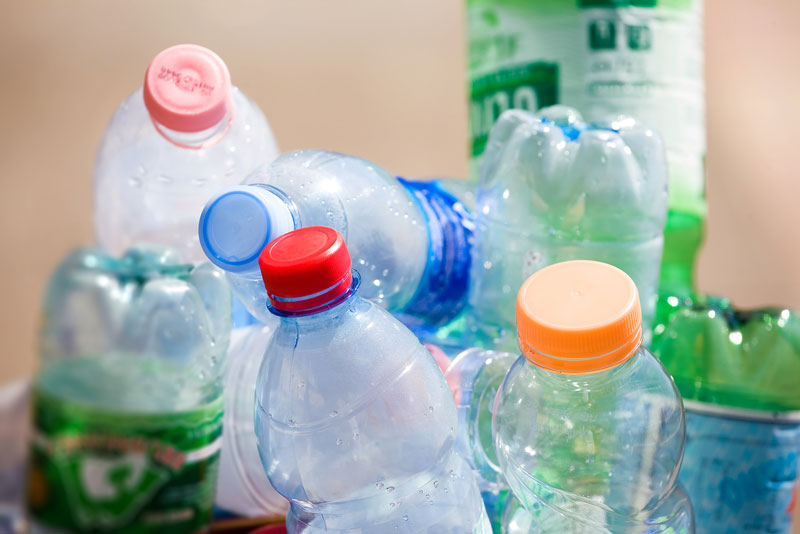How to analyse odours in post-consumer recycled plastics
 What are post-consumer recycled plastics?
What are post-consumer recycled plastics?
Post-consumer recycled (PCR) plastics are plastic materials that
are recycled from plastic waste after it has been used by a consumer.
With a
global push to move towards a circular economy, which is resulting in an increase
in the use of recycled materials to reduce waste, manufacturers
are being urged to produce or use more PCR plastics, especially for food and
beverage packaging.
Rigorous quality control (QC) is needed to
ensure the recycled plastics do not produce volatile emissions that could be
harmful or have a negative impact on the packaged product (e.g., malodours).
To do this, an efficient way to detect and identify the volatile
organic compounds (VOCs) responsible for the malodours, or bad smells, must be
found.
Challenges with detecting malodours in recycled
plastics
However, analysts are faced with the following challenges:
-
Some approaches
to detecting bad smells, such as the eNose or human sensory panels, cannot
identify the precise compounds responsible for the odours, meaning the
recycling process cannot be improved and QC failures continue to occur.
-
Gas chromatography–mass
spectrometry (GC–MS) is a widely-used analytical method for analysing VOCs, but
conventional one-dimensional GC–MS chromatograms are dominated by
highly-abundant aliphatic compounds, while odorants are often
trace components, making them difficult to spot.
-
Traditional
sample extraction techniques that are used with GC–MS, such as headspace or
solid-phase microextraction (SPME), often struggle to reach the sensitivity
required to detect trace odorants.
-
Analysis
must be simple, automated and compatible with high-throughput QC laboratories.
Overcoming low sensitivity, poor detection of
compounds and slow processes when analysing recycled plastics for bad smells

Applying the appropriate instrumentation and techniques can
help to overcome these challenges:
- Identifying
precise compounds: Enhanced
separation using two-dimensional gas chromatography (GC×GC) with
time-of-flight mass spectrometry enables confident
identification of odorants that cannot be identified using 1D GC–MS,
allowing recycling processes to be improved.
- Detecting
trace odorants: Improved detection
of trace odorants can be achieved by combining preconcentration using thermal desorption (TD) at the sample preparation stage, followed by enhanced
separation and high-sensitivity mass spectrometry using a time-of-flight mass
spectrometer.
- Simple,
automated workflow: Direct
desorption of volatiles from plastic pellets is simple and the whole workflow
can be automated and streamlined by software designed to control all the
analytical instruments and conduct data processing. Further, differences between
batches of plastics can be automated using an alignment and chemometrics platform
within the software.
- Compatible
with QC laboratories: It
is simple to translate from TD–GC×GC–TOF MS to TD–GC×GC–FID in QC laboratories.
Improved characterisation of odours from recycled plastics